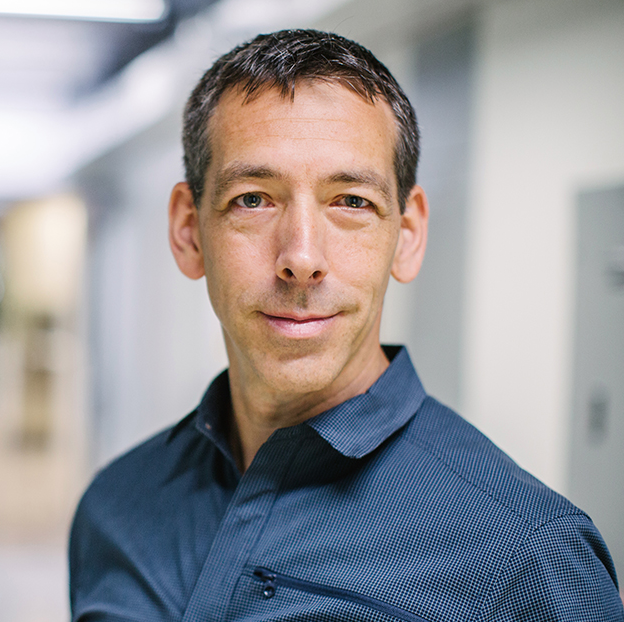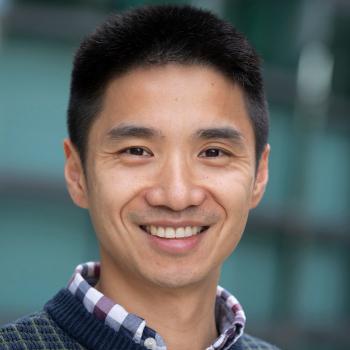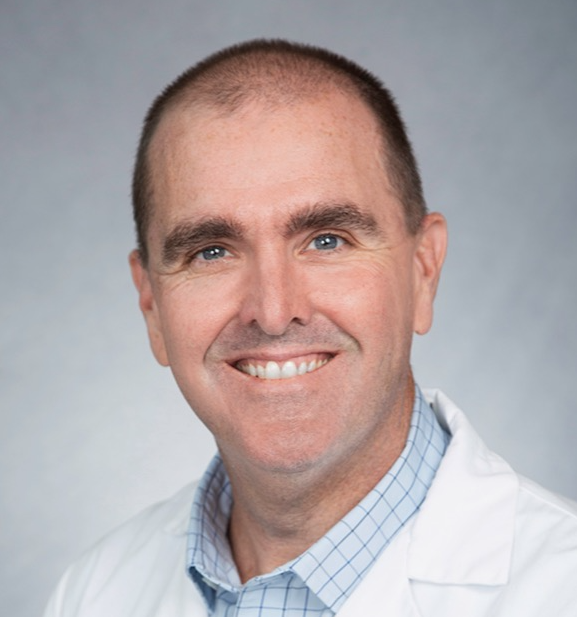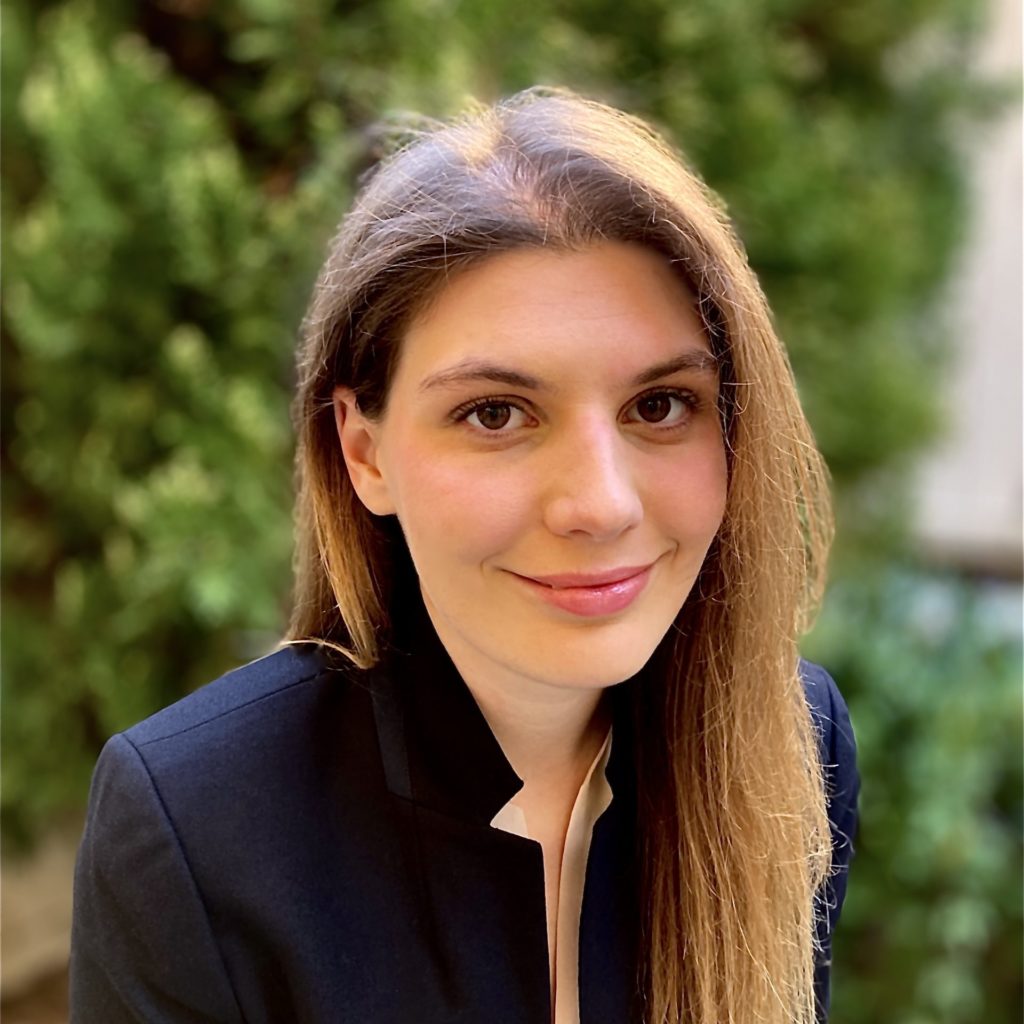2023 Symposium | Session, Molecular
Wu Tsai Human Performance Alliance Research Symposium
The Molecular Orchestra of Performance

Physical activity has a host of health and performance benefits The mechanisms behind these relationships remain unclear, which hinders the development of training plans customized to an individual, for example, their current capacity or age.
By measuring molecular changes that occur during training, performance, injury, and recovery, research is fueling innovations in functional nutrition and sleep, personalized training, biomarker discovery, therapeutics, and recovery regimens.
Speakers will share new advances in our understanding of how exercise benefits health, through changes in varying processes such as mitochondrial function and appetite regulation. This session will also cover the foundational role of circadian biology in orchestrating gene expression and molecular changes, as well as how to leverage circadian biology to optimize sleep, nutrition, and activity to improve performance and health. When an injury occurs to soft tissue or other structures, the orchestration of gene expression can also be studied and leveraged to improve healing.
Moderator
Euan Ashley, MD, PhD | Stanford University
Euan Ashley, MD, PhD, is a Professor of Medicine and Genetics at Stanford University. In 2010, he led the team that carried out the first clinical interpretation of a human genome. The article became one of the most cited in clinical medicine that year. Over the following years, the team extended the approach to the first whole genome molecular autopsy, the first family to be sequenced on the Illumina platform, and to a series of patients in primary care. The team now applies genome sequencing to the diagnosis of patients at Stanford hospitals, where Dr. Ashley chairs the Clinical Genomics Advisory Committee and directs the Center for Inherited Cardiovascular Disease. Dr Ashley is a recipient of the National Innovation Award from the American Heart Association, the NIH Director’s New Innovator Award, and the American Heart Association Medal of Honor for Genomic and Precision Medicine.

Circadian Orchestra of Gene Expression for Optimum Health
Satchin Panda, PhD | Salk Institute
Satchidananda (Satchin) Panda, PhD, is a Professor at the Salk Institute in California, where his research focuses on the circadian regulation of behavior, physiology, and metabolism in model organisms and in humans. Dr. Panda discovered a blue-light sensing cell type in the retina that entrains our master circadian clock, affects mood, and regulates the production of the sleep hormone melatonin. Recently, he discovered that maintaining a daily feeding-fasting cycle – popularly known as time-restricted feeding – can prevent and reverse metabolic diseases. Based on a feasibility study in humans, his lab is currently carrying out a smartphone-based study to assess the extent of circadian disruption among adults. Dr. Panda was a Pew Scholar in the Biomedical Sciences and has received the Julie Martin Mid-Career Award in Aging Research and the Dana Foundation Award in Brain and Immune System Imaging.

An Exercise-inducible Metabolite Linked to Appetite Regulation
Jonathan Long, PhD | Stanford University
Jonathan Long, PhD, is an Assistant Professor of Pathology and an Institute Scholar at Stanford ChEM-H (Chemistry, Engineering & Medicine for Human Health). The Long laboratory studies signaling pathways in mammalian energy metabolism. The long-term goal of this work is to discover new molecules and pathways that can be translated into therapeutic opportunities for obesity, metabolic disease, and other age-associated chronic diseases. Dr. Long’s contributions in the areas of biochemistry and energy homeostasis have been recognized by numerous awards including the NIDDK Catalyst Award, the Ono Pharma Foundation Breakthrough Sciences Award, and the Jacob Churg Research Award for Junior Faculty.

The Cellular Powerhouse – Mitochondrial Adaptations to Training
Malene Lindholm, PhD | Stanford University
Malene Lindholm, PhD, is an instructor in the Division of Cardiovascular Medicine at Stanford. She works at the intersection of molecular exercise physiology and cardiovascular disease prevention. Her research focuses on the multi-omic adaptation mechanisms to exercise across tissues and the genetic determinants of human performance. Specifically, Dr. Lindholm aims to uncover the genetic basis of extreme human performance and optimize training for health outcomes in sedentary people. She also co-leads the bioinformatics center for the Molecular Transducers of Physical Activity Consortium, investigating the multi-omic effects of exercise training on multiple tissues. Dr. Lindholm has received the Early Career Investigator Award from the American Heart Association, Young Investigator Award from the Swedish Foundation for promoting exercise, and Young Investigator Award from the Research Group on the Biochemistry of Exercise.

Bulk and Spatially Resolved Transcriptomics in Skeletal Muscle after Rotator Cuff Tear
Samuel R. Ward, PT, PhD | UC San Diego
Samuel R. Ward, PT, PhD, is a Professor in the Departments of Orthopaedic Surgery, Radiology, and Bioengineering at UC San Diego. He is the Director of Translational Research in the School of Medicine, the Vice-Chair of Research and Innovation in Orthopaedic Surgery, the Director of the Device Acceleration Center, and the Director of the Muscle Physiology Laboratory. Dr. Ward’s research focuses on musculoskeletal design and plasticity, and he has published some 160 peer-reviewed manuscripts. His current focus is on understanding chronic muscle atrophy and cell death in mature adults, with an emphasis on the use of stem cells and regenerative medicine approaches to treat these disease processes. Dr. Ward has received the Kappa Delta Award from the American Academy of Orthopaedic Surgeons and the Marion Williams Award from the American Physical Therapy Association.

Pleiotropic Impact of 8 Weeks of Voluntary Wheel Running on Tissue Transcriptome in Mice | Poster 4
Ming Sun | Salk Institute
Lightning Talk

Network Model of Myocyte Cell Signaling Predicts Muscle Phenotypic Responses to Resistance and Endurance Exercise | Poster 20
Annabelle Fowler | University of California, San Diego
Lightning Talk

Get Engaged
Join our mailing list to receive the latest information and updates on the Wu Tsai Human Performance Alliance.




